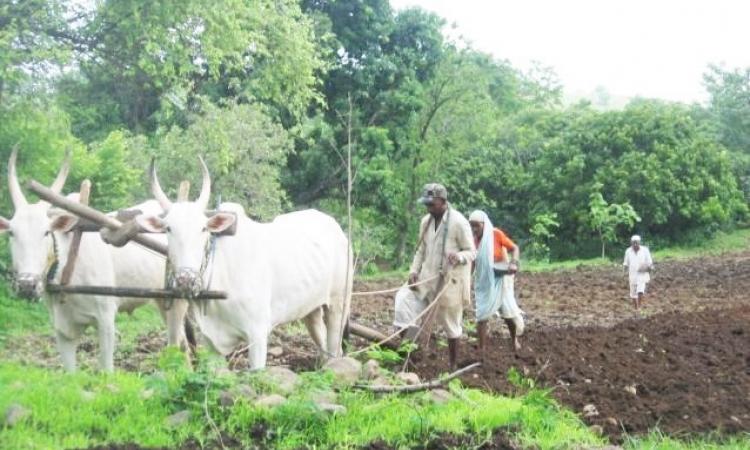
Agriculture plays an important role in the Indian economy. It represents the largest sector contributing to 28 per cent of the GDP and provides the livelihood to as much as 60 per cent of the rural population [1].
Of late, however, the country has been witnessing severe crisis in the agricultural sector. Increasing water scarcity, droughts and the impact of climate change leading to erratic rainfall and weather events are threatening the livelihoods of small-scale farming in the country. This has resulted in increased despair among the farmers. This article—Farmer suicides in India: Trends across major states, 1995-2011—appeared in Economic and Political Weekly on May 21, 2016 informs that between 1995 and 2014, more than 3,00,000 farmers, cultivators and agricultural labourers have committed suicide in India, which is equivalent to one farmer suicide every 30 minutes.
The article presents the findings of a study done to understand the trends of farmer suicides in the country. The study used data from National Crime Records Bureau to estimate the suicide mortality rate (SMR) of farmers and non-farmers in India.
Findings of the analysis
From the year 1995–2011, the suicide rate among farmers is lower than the suicide rate of non-farmers. The rate is found to be more among male farmers than female farmers. Moreover, the problem of farmer suicides is not an all-India phenomenon, but is concentrated in a few states. Kerala and Maharashtra are the worst affected, along with other states such as Chhattisgarh, Karnataka, Uttar Pradesh and Madhya Pradesh. Besides Kerala and Maharashtra, states like Uttar Pradesh, Haryana, Assam and Bihar are also witnessing a rise in farmer suicides.
The article concludes that it is important to understand that farmer suicides are more of a state phenomenon than a countrywide phenomenon. This understanding can help in designing policies that take into consideration state-specific factors such as cropping patterns, extent of irrigation, accessibility of rural credit for formal institutions and provisions of crop insurance that contribute to farmer suicides.
However, this should not lead to the inference that the agrarian crisis is concentrated only in these few states. The general state of low farm-income, the stagnation of the rate of capital accumulation, declining growth rate of the agricultural sector is widespread throughout the country and needs attention as well.
References
Abrol, I. P (2016) Agriculture in India. Accessed on 9th June 2016.
A copy of the article can be downloaded from below:
/articles/understanding-farmer-suicides-india